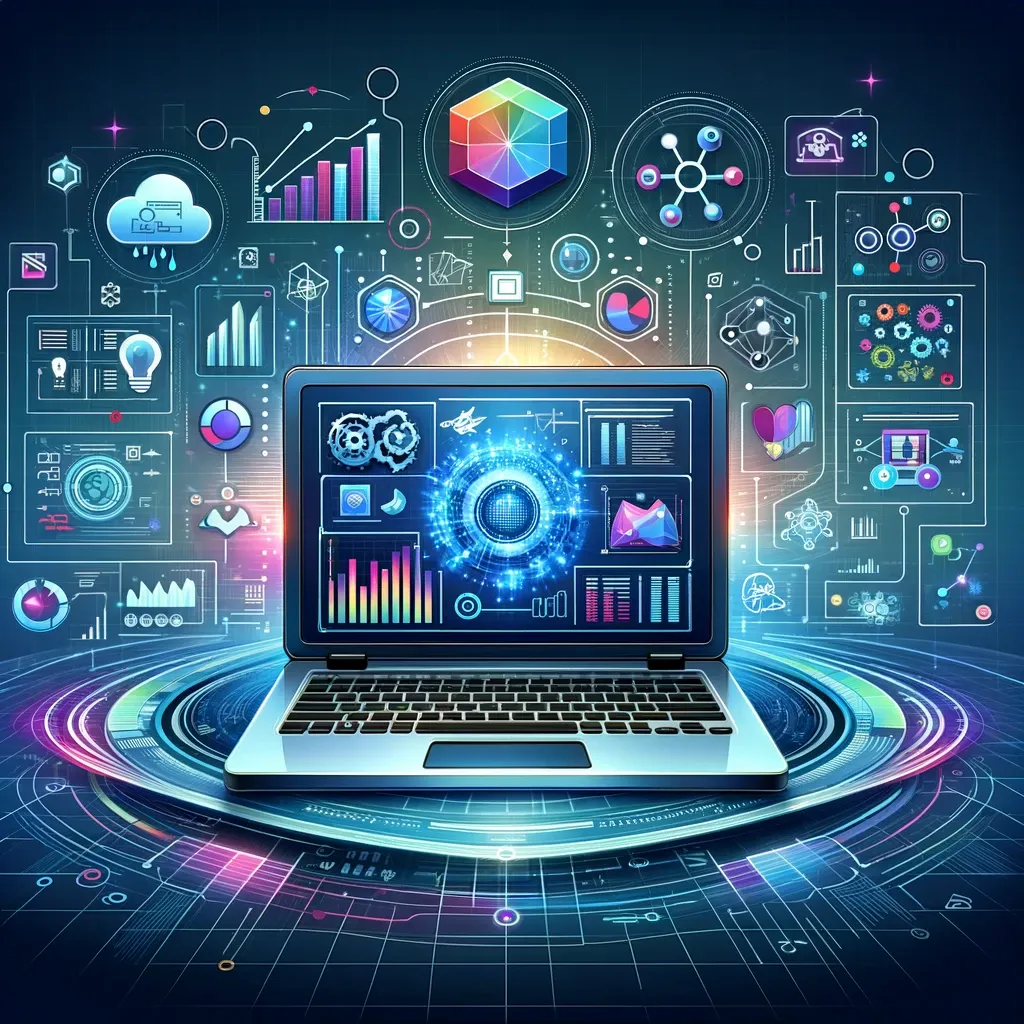Shop At Haya: Your Ultimate Shopping Guide
Discover the best shopping tips, trends, and deals for a smarter buying experience.
Machine Learning: When Algorithms Become Psychics
Discover how machine learning transforms algorithms into psychic-like predictors, uncovering secrets behind data-driven insights!
How Machine Learning Algorithms Predict Human Behavior
Machine Learning Algorithms have revolutionized the way we analyze and predict human behavior. By leveraging vast amounts of data, these algorithms can identify patterns and trends that are often imperceptible to the human eye. For instance, techniques like supervised learning utilize historical data to train models that can forecast future actions based on previous behaviors. This predictive power is not only utilized in marketing to target consumers effectively but also in fields such as psychology and sociology, where understanding behavioral patterns can lead to better health interventions and social policies.
There are several key types of machine learning algorithms that are particularly adept at predicting human behavior:
- Regression Models: These predict a continuous outcome based on input variables, such as predicting spending habits based on income levels.
- Classification Algorithms: These categorize data points into predefined classes, like predicting whether a user will click on an advertisement based on their previous interactions.
- Clustering Techniques: These group similar data points together, which can help identify distinct behavior segments within a larger population.

The Science Behind Machine Learning: Are Algorithms Really Predicting the Future?
Machine learning, a subset of artificial intelligence, relies on algorithms to analyze data and make predictions. These algorithms utilize statistical methods to identify patterns within vast datasets, allowing machines to learn from historical information without direct programming for each task. For example, a machine learning algorithm might analyze past weather data to suggest future climate conditions, demonstrating its capability to infer outcomes based on learned patterns. However, the effectiveness of these predictions depends heavily on the quality and quantity of the data fed into the system, as well as the complexity of the algorithms used.
Despite their power, it's essential to understand that these algorithms do not predict the future with absolute certainty but rather provide probabilistic outcomes based on established patterns. The science behind machine learning involves numerous techniques, from regression analysis to neural networks, each with unique strengths and weaknesses. Quote: "Algorithms are not crystal balls, but they can be highly sophisticated tools for forecasting trends and behaviors." Ultimately, while machine learning algorithms can greatly assist in making informed predictions, they are most effective when combined with human insight and critical thinking.
From Data to Predictions: Understanding the Psychic Qualities of Machine Learning
Machine learning has emerged as a powerful tool that transforms raw data into actionable insights, making predictions that can significantly impact various fields, from healthcare to finance. By leveraging algorithms that mimic human learning patterns, machine learning systems can analyze vast amounts of data, identify trends, and subsequently forecast outcomes with remarkable accuracy. These systems operate by training on historical data, detecting hidden patterns, and continuously improving their predictions as new data becomes available.
The psychic qualities of machine learning lie in its ability to foresee possibilities that might not be immediately obvious to human analysts. For instance, consider models that utilize neural networks to predict stock market trends or consumer behavior. By synthesizing data points and drawing connections that may be missed by traditional analytical methods, machine learning enhances decision-making processes and drives innovation. Ultimately, understanding the capabilities and applications of machine learning can empower organizations to harness the power of predictions and stay ahead in an increasingly data-driven world.